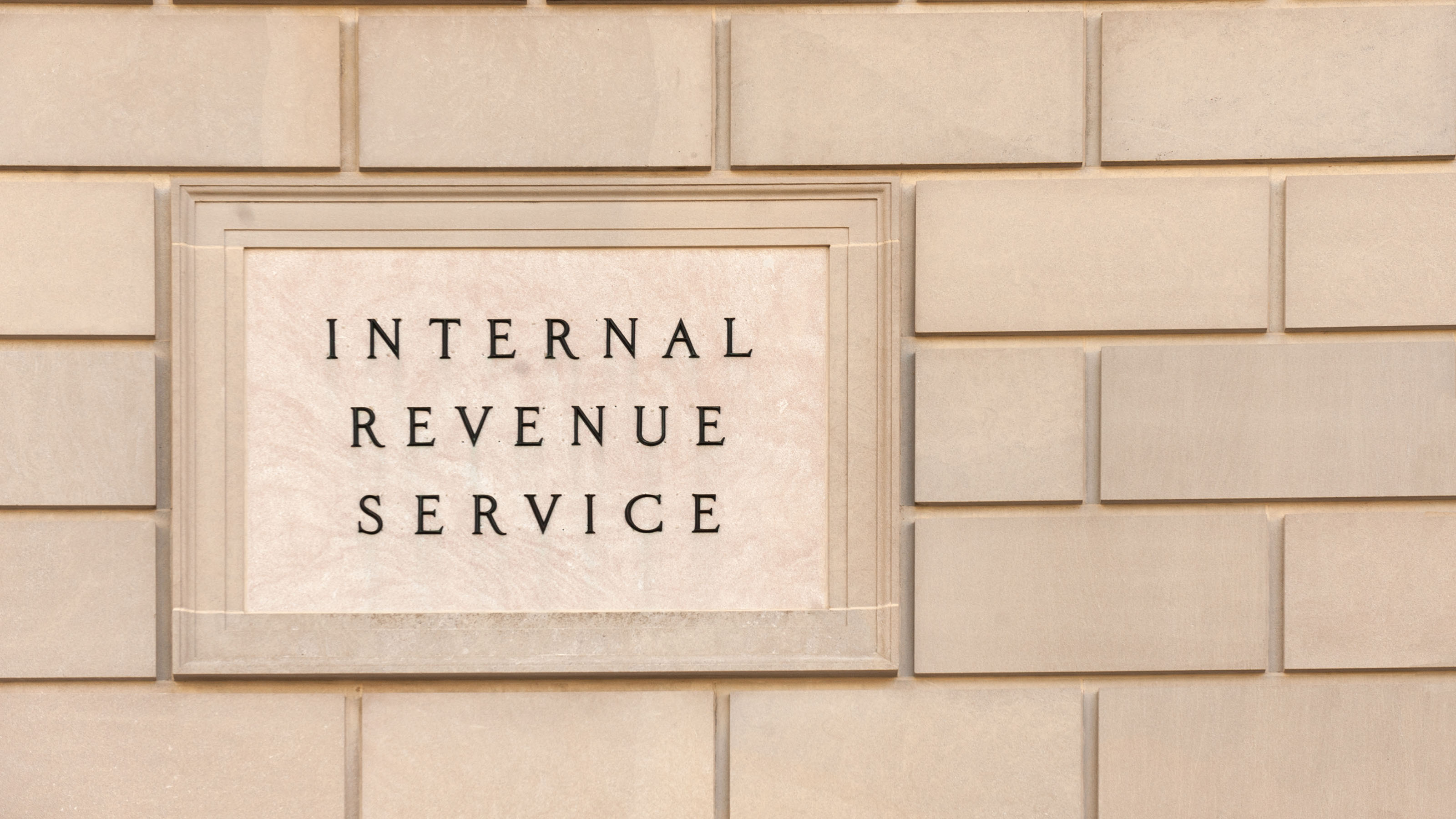
Can you expect faster tax refunds in the future? Recent customer service improvements and technology upgrades at the IRS suggest that a new “normal” — where people receive their federal tax refunds sooner than they did in the past — is a strong possibility. The funding for the agency’s improvements, some of which have helped the IRS clear a pandemic backlog of over 23 million unprocessed tax returns, comes thanks to the Inflation Reduction Act (IRA). The IRA allocates $80 billion in funding for the IRS over ten years and the agency recently released a report detailing how it plans to use the funds.
According to agency officials, some taxpayers already saw the benefits of IRS service improvements this filing season. In an annual report to Congress, The National Taxpayer Advocate's office points to “quicker refunds for millions of taxpayers.”
Additionally, IRS Commissioner Danny Werfel said in a statement, that the IRS has “dramatically improved phone service thanks to more staff," Werfel added, "More walk-in services are available across the country. New digital tools have been added. And these are just the first steps."
New IRS Agents and Faster Tax Refunds
IRS service improvements are important. As of February 2023, approximately 23.5 million unprocessed tax returns had piled up in part due to the COVID-19 pandemic. That backlog of unprocessed returns caused millions of refund delays. (In some cases, it took years for refunds to hit people's bank accounts). However, the IRS recently announced that it cleared that backlog and did so at a faster-than-average rate. That refund “clean slate” hints at the possibility that going forward, many people will get federal tax refunds faster than they used to.
But the pandemic wasn’t the only reason for the millions of unprocessed tax returns and long phone wait times. In recent years, the IRS hasn’t had enough staff to work through the unprocessed paper returns or answer taxpayer calls in a timely manner.
Since then, the IRS has hired 5,000 new representatives to answer customer calls. According to the Treasury Department's 2023 Filing season report card, the IRS effectively cut hold times this year by 85%. Prior to the new staffing, average call hold times during tax season were 27 minutes. Hold times are now only four minutes, meaning that many taxpayers can respond to IRS notices and resolve processing delays faster.
More IRS.gov Tools
Increased IRS funding has also allowed the IRS to expand the use of digital scanning. The agency hopes that continued advancements in scanning, and other planned technology upgrades, lead to even faster processing times for paper returns and tax refunds.
The IRS also wants to expand its Document Upload Tool, so you can respond to more types of IRS notices online. Contacting the IRS should also become more convenient with a callback feature that the agency says will be added this summer. The feature will allow you to choose a prompt for the agency to call you back instead of waiting on hold.
The IRS's $80 billion spending plan includes hiring 20,000 more employees over the next two years. That additional staffing, including highly trained IRS agents, could mean more representatives available to answer phones, review, and audit tax returns. That could result in even shorter call waiting times, faster tax refund processing, and possibly more audits for large corporations and wealthy taxpayers.
Where’s Your Refund?
And, if you’re wondering about the status of your federal tax refund for this year, you can use the Where’s My Refund portal, which is available on the IRS website. Although the average tax refund is lower this year compared to last, it is still $2,878 (as of April 7).







